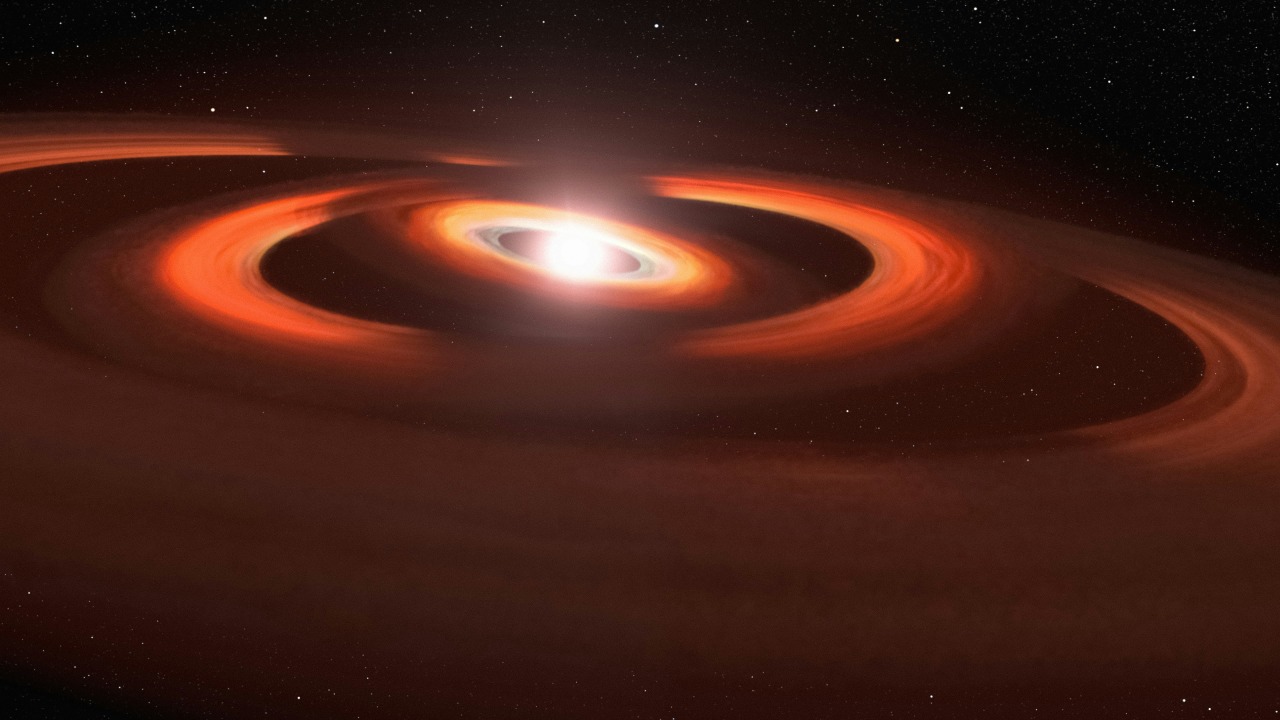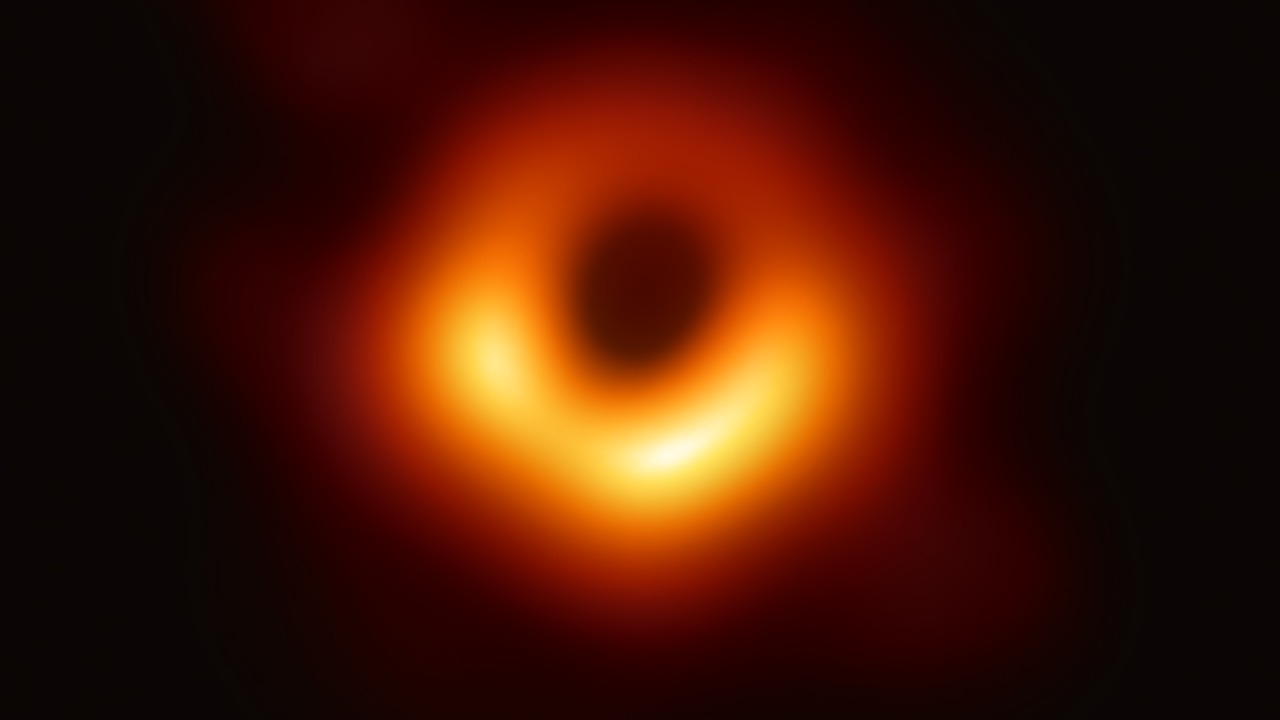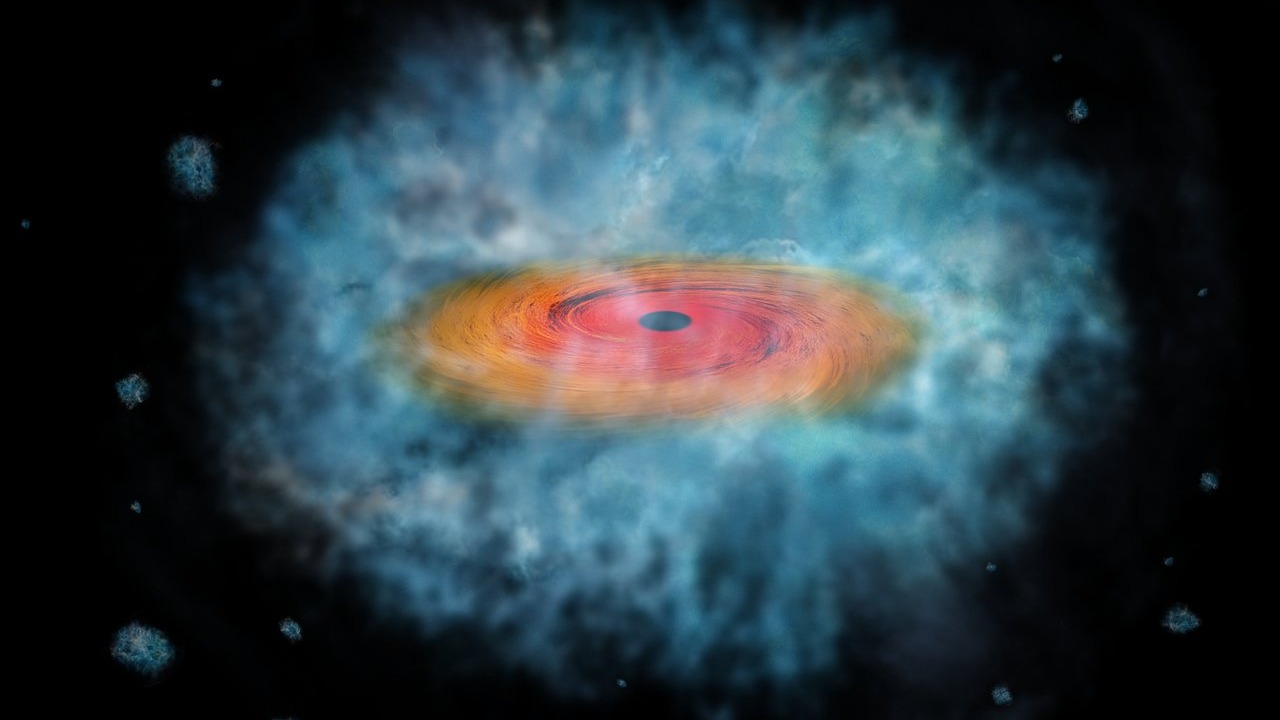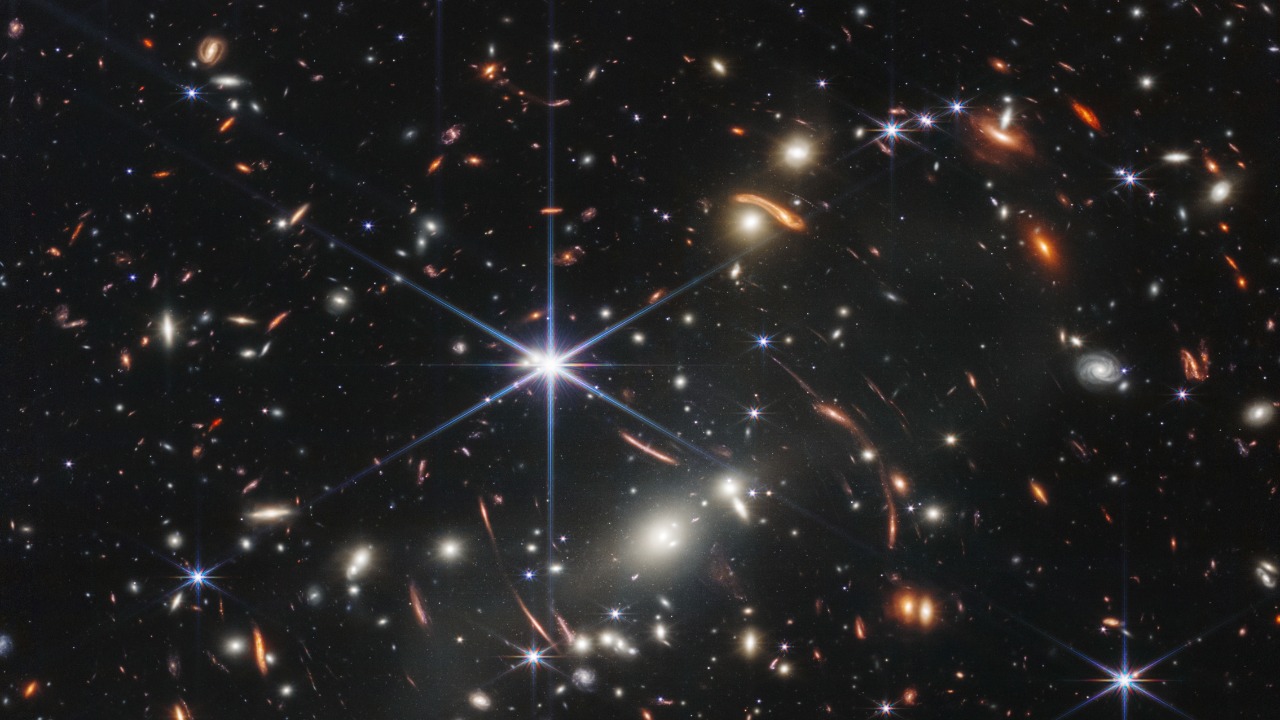
A colossal black hole, with a mass 36 billion times that of our Sun, has been discovered, showcasing its ability to warp light in the depths of space. This astronomical phenomenon not only challenges our understanding of the universe but also opens up new avenues for research in astrophysics. Delving into the implications of this discovery reveals its significance in the cosmic landscape, enriching our grasp of the universe’s mysteries.
The Nature of Supermassive Black Holes

Supermassive black holes are astronomical entities with masses ranging from millions to billions of solar masses. These cosmic giants, residing at the centers of most galaxies, possess gravitational fields so strong that nothing, not even light, can escape them. Unlike their smaller counterparts, supermassive black holes exhibit unique characteristics, such as their ability to engulf large amounts of matter, influencing their host galaxies’ dynamics. Their event horizons, the boundaries beyond which nothing can return, are vast and significantly impact the surrounding regions of space.
The formation and growth of supermassive black holes remain subjects of intense scientific debate. Various theories suggest different origin stories, from the collapse of massive gas clouds to the merging of smaller black holes. However, one of the most intriguing puzzles is the “missing seeds” problem, which questions how these gigantic structures could have formed so rapidly in the early universe. The discovery of such massive entities furthers our curiosity about their evolutionary processes, prompting researchers to explore new models and simulations.
Gravitational Lensing: Twisting Light in Space

Gravitational lensing is a fascinating phenomenon that occurs when a massive object like a black hole bends the light from objects behind it, acting as a cosmic magnifying glass. This effect, predicted by Einstein’s theory of general relativity, allows astronomers to observe and study celestial bodies that would otherwise remain hidden. Through gravitational lensing, light is distorted and redirected, creating multiple images or stretching the appearance of distant galaxies.
Observing gravitational lensing provides critical insights into the distribution of mass in the universe. By analyzing these distortions, astronomers can map distant galaxies and uncover the presence of dark matter, a mysterious and invisible form of matter that makes up a significant portion of the universe’s mass. This discovery has profound implications for understanding the structure and evolution of the cosmos, enabling researchers to probe the depths of space in unprecedented ways.
Impacts on Astrophysical Research

The study of supermassive black holes has advanced significantly due to recent technological breakthroughs. New generations of telescopes, such as the James Webb Space Telescope, have enhanced our ability to observe these cosmic phenomena in remarkable detail. These advancements allow astronomers to capture high-resolution images and gather data on the environments surrounding supermassive black holes, shedding light on their formation and behavior.
Discoveries like the massive black hole 36 billion times the mass of the Sun challenge existing theories and models of astrophysics. These revelations prompt scientists to reassess their understanding of the universe, potentially leading to paradigm shifts in theoretical frameworks. As researchers explore the implications of these findings, new theories and models may emerge, paving the way for a deeper comprehension of cosmic dynamics.
Exploring the Cosmic Frontier

Supermassive black holes play a crucial role in the formation and evolution of galaxies. Their immense gravitational influence can affect the movement of stars, gas, and dust within their host galaxies. These interactions may lead to feedback mechanisms that regulate star formation and galactic growth, highlighting the interconnectedness of these celestial giants with their cosmic environments.
Despite significant advancements in our understanding, many questions about supermassive black holes remain unanswered. Future research directions include exploring the early stages of black hole formation and investigating the properties of the surrounding accretion disks. Upcoming missions and instruments, such as the Event Horizon Telescope and space-based observatories, hold the promise of uncovering new insights into these enigmatic objects, propelling us further into the exploration of the cosmic frontier.
The recent discovery of a monstrous black hole 36 billion times heavier than the Sun is a testament to the ever-evolving nature of astrophysical research. As we continue to push the boundaries of our knowledge, these celestial giants serve as both enigmas and guides, leading us toward a more profound understanding of the universe’s vast mysteries.